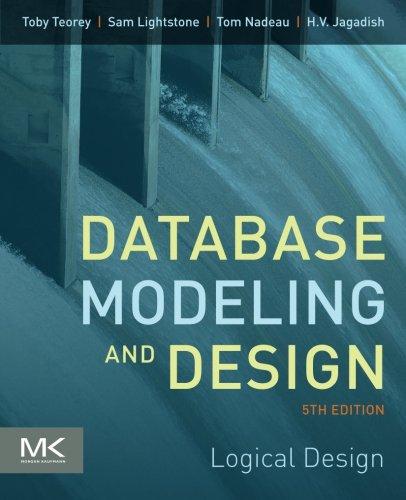Question
part a) Modify the matlab code below to find the number of possibilities (through combinations and permutations) that 3 different awards can be awarded to
part a) Modify the matlab code below to find the number of possibilities (through combinations and permutations) that 3 different awards can be awarded to 4 students through the following cases: case I: one award goes to one student, case II: two awards goes to one student, case III: three awards goes to one student.
part b) Modify the matlab code below to find the number of possibilities (through combinations and permutations) that 5 different awards can be awarded to 8 students through the following cases: case I: one award goes to one student, case II: two awards goes to one student, case III: three awards goes to one student.
Matlab code:
close all; clear all; % clear all variables, close all windows with plots clc
tot_students = 5; num_awards = 3; students=[1:tot_students];
C3_alldifferent = combnk(students,num_awards); [rcomb1,ccomb1] =size(C3_alldifferent);
C3_alldifferent % Display ALL of the combinations n choose k
perm_nk1 = []; for ip=1:rcomb1; perm_nk_ip = perms(squeeze(C3_alldifferent(ip,:))); perm_nk1 = [perm_nk1; perm_nk_ip]; end perm_nk1 [rperm1,cperm1] = size(perm_nk1)
% Next generate those cases where one student gets 2 awards C2_alldifferent = combnk(students,num_awards-1) [rcomb2,ccomb2] =size(C2_alldifferent) % Determine the number of combinations (rows) by determining the size of the array
perm_nk2 = []; for ip=1:rcomb2; perm_nk_ip = perms(squeeze(C2_alldifferent(ip,:))); perm_nk2 = [perm_nk2; perm_nk_ip]; end perm_nk2
pnk2_onerA = [perm_nk2(:,1) perm_nk2(:,1) perm_nk2(:,2)]; pnk2_onerB = [perm_nk2(:,1) perm_nk2(:,2) perm_nk2(:,1)]; pnk2_onerC = [perm_nk2(:,2) perm_nk2(:,1) perm_nk2(:,1)]; pnk2_onerepeat = [pnk2_onerA; pnk2_onerB; pnk2_onerC];
perm_nk2 = pnk2_onerepeat; perm_nk2 % show results [rperm2,cperm2] = size(perm_nk2); rperm2
% Next generate those cases where one student gets 3 awards
C1_alldifferent = combnk(students,num_awards-2) perm_nk3 = [C1_alldifferent(:) C1_alldifferent(:) C1_alldifferent(:)]; [rperm3,cperm3] = size(perm_nk3);
ALL_permutations = [perm_nk1; perm_nk2; perm_nk3] [rperm_tot,cperm_tot]= size(ALL_permutations); rperm_tot
rperm_tot_check = rperm1+rperm2+rperm3
figure; hist(ALL_permutations(:),100); title(' Histogram of all permutations')
Step by Step Solution
There are 3 Steps involved in it
Step: 1

Get Instant Access to Expert-Tailored Solutions
See step-by-step solutions with expert insights and AI powered tools for academic success
Step: 2

Step: 3

Ace Your Homework with AI
Get the answers you need in no time with our AI-driven, step-by-step assistance
Get Started


